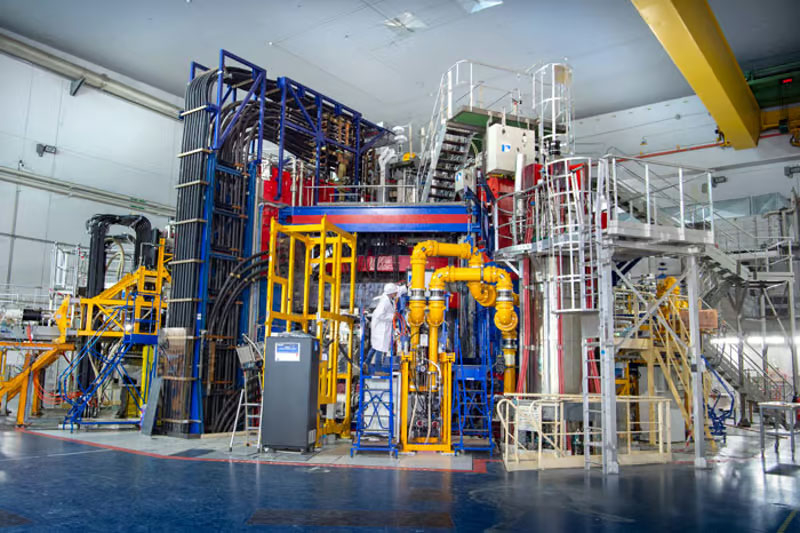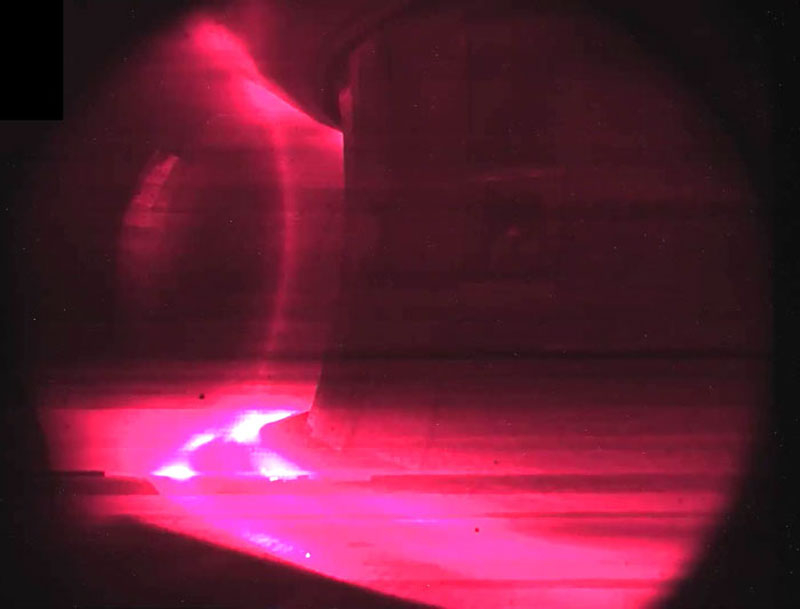Scientists from France have surpassed the latest achievement of their Chinese colleagues in the field of plasma confinement in a tokamak-type thermonuclear reactor by 25%. The WEST installation of the CEA institute worked for 22 minutes, while the Chinese EAST tokamak “burned” for 17 minutes and 46 seconds. European researchers have demonstrated the possibility of achieving a stable thermonuclear reaction, although their experiment was of an academic nature.

Image source: CEA
The WEST facility was commissioned in 1988 as the Tore Supra reactor. From 2010 to 2013, it underwent significant modernization and after that received a new name – WEST, where the letter W is the chemical designation of tungsten, from which the inner lining of the reactor’s working chamber is made.
Since the reactor was only recently upgraded, it has not yet reached its full potential. However, even at this stage, the experiments conducted on high-temperature plasma containment are impressive. During the latest experiment, the CEA reported that the WEST reactor contained plasma for 22 minutes, which was a new world record previously held by Chinese scientists. However, the information ends there – the French researchers did not disclose further details of the experiment.
It is worth noting that Chinese scientists also do not disclose all the information that would allow an objective assessment of their achievements in the field of thermonuclear plasma containment. To maintain a thermonuclear reaction under terrestrial conditions, the temperature of the ion plasma in the reactor’s working chamber must be at least 100 million °C. So far, Chinese researchers have managed to heat only electron plasma to such a temperature, which is a less difficult task. The French scientists who set the new record also did not provide data on the temperature in the working chamber. Therefore, we can only wait for relevant publications in scientific journals.

Plasma in the reactor working chamber
Despite the reticence, the practical value of the experiment is obvious – it is aimed at developing modes and materials that can be used in the international thermonuclear project ITER. Therefore, any contribution to this common cause is of great value.